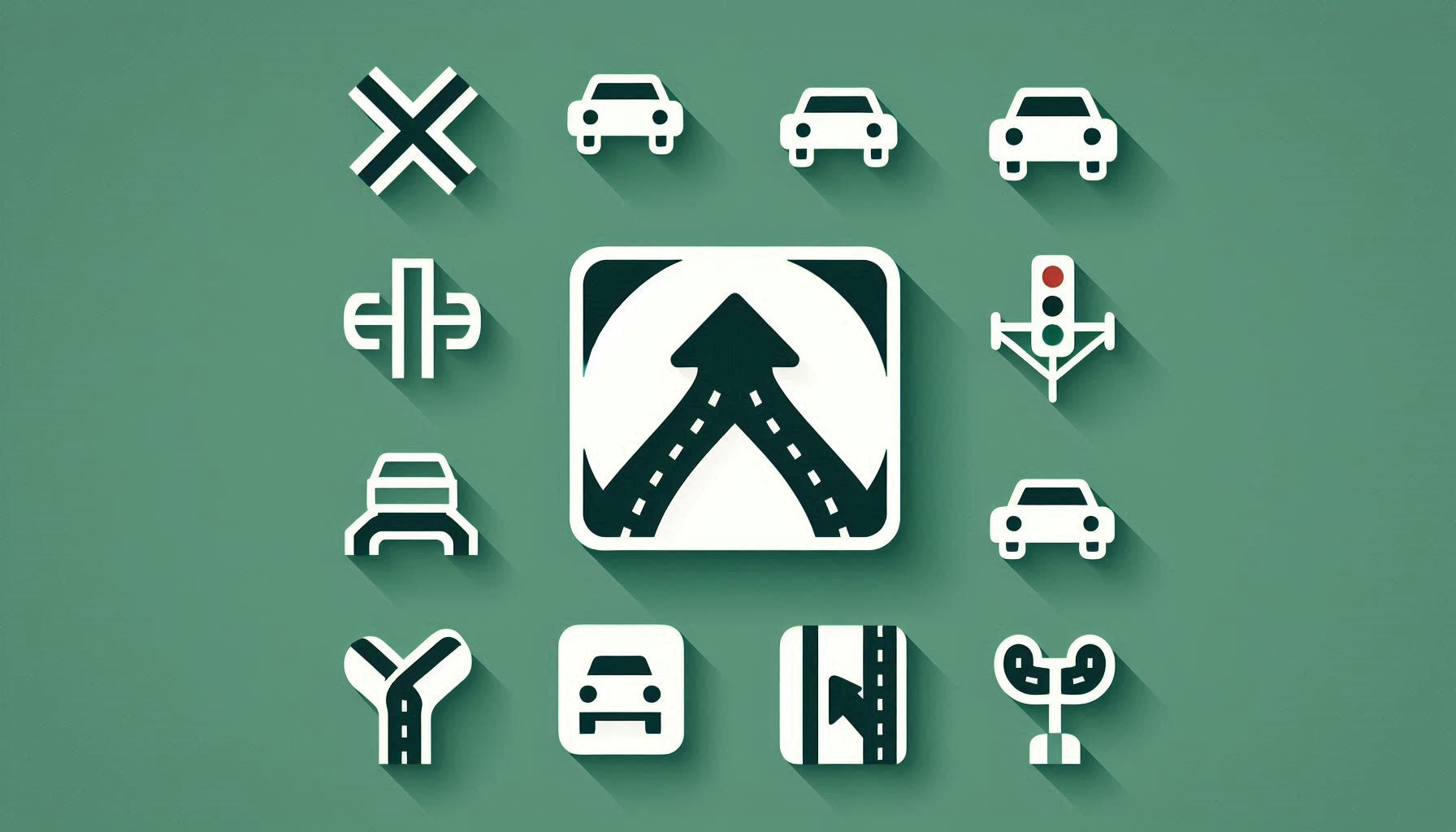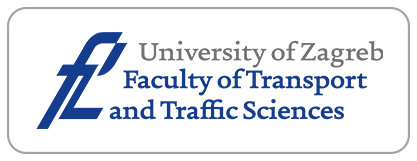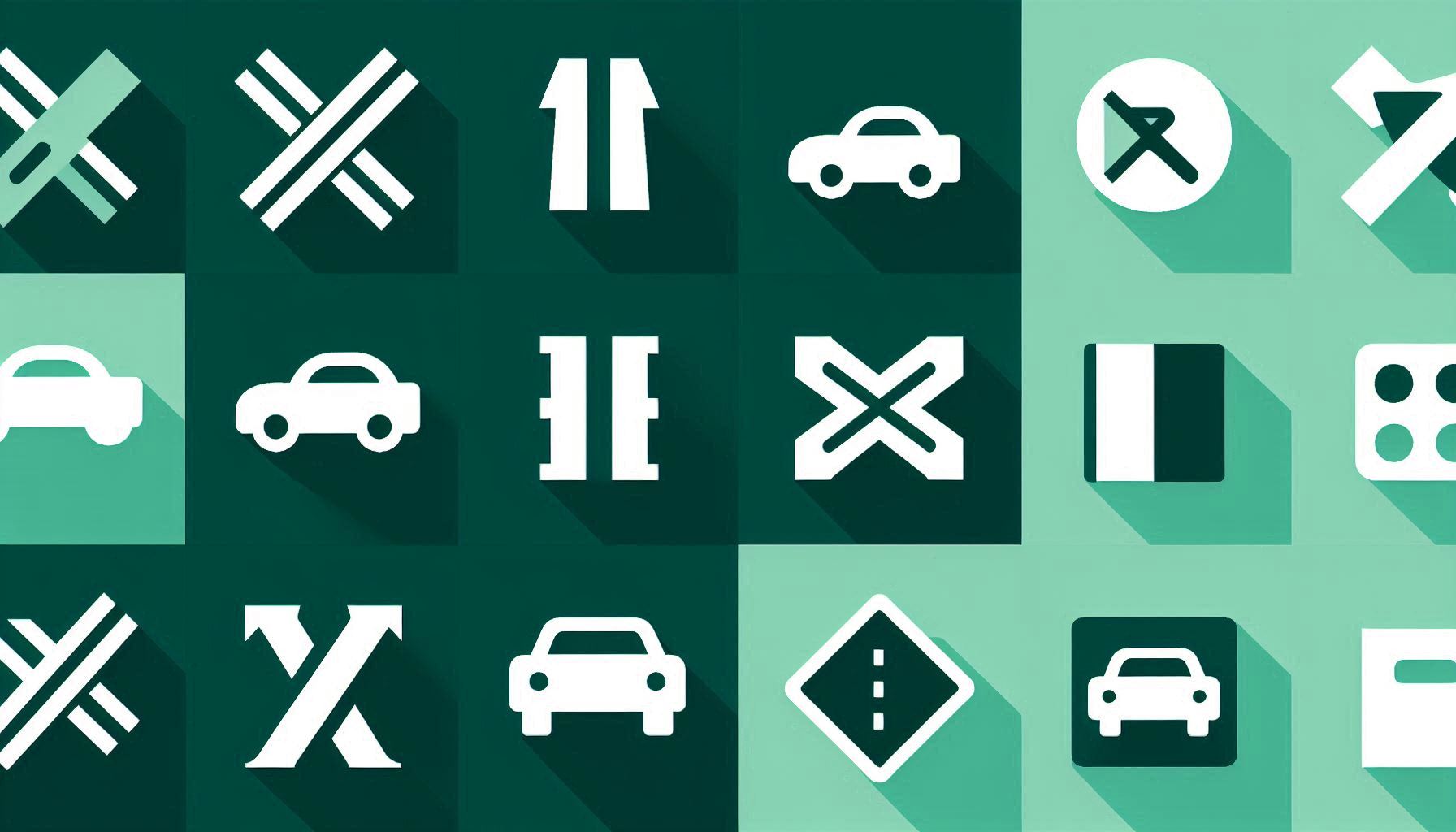Multi-lane Changing Model with Coupling Driving Intention and Inclination

Downloads
Downloads
Tang TQ, Wang YP, Yang XB. A multilane traffic flow model accounting for lane width, lane-changing and the number of lanes. Networks and Spatial Economics. 2014 Dec;14(3):465-483.
Wei LY, Wang ZL, Wu RH. Research and modeling of the lane-changing behaviour on the approach. Acta Physica Sinica. 2014 Oct;63(4):1-5.
Jetto K, Ez ZH, Benyoussef A. Investigation of merging and diverging cars on a multi-lane road using cellular automation model. Chinese Physics B. 2012 Jan;21(11):1-8.
Veljanovska K, Bombol KM, Maher T. Reinforcement learning technique in multiple motorway access control strategy design. Promet – Traffic & Transportation. 2010 Mar;22(2):117-123.
Pei YL, Wang YG, Zhang Y. Microscopic model of automobile lane-changing virtual desire trajectory by spline curve. Promet – Traffic & Transportation. 2010 Aug;22(3):203-208.
Hoseini SMS, Vaziri M. Modelling drivers' behaviour as a crash risk reduction process. Promet – Traffic & Transportation. 2008 Aug;20(3):139-146.
Hoseini SMS. Comparison of microscopic drivers' probabilistic lane-changing models with real traffic microscopic data. Promet – Traffic & Transportation. 2011 Mar;23(4):241-251.
Tian JF, Yuan ZZ, Jia B. Cellular automaton model in the fundamental diagram approach reproducing the synchronized outflow of wide moving jams. Physics Letters A. 2012 Sep;376(44):2781-2787.
Wang J, Ding JX, Shi Q. Lane-changing behaviour and its effect on energy dissipation using full velocity difference model. International Journal of Modern Physics C. 2016 Jun;27(2):1-14.
Li X, Sun JQ. Studies of vehicle lane-changing to avoid pedestrians with cellular automata. Physica A. 2015 Nov;438(1):251-271.
Zhao HT, Li JR, Nie C. Cellular automaton models for traffic flow considering opposite driving of an emergency vehicle. International Journal of Modern Physics C. 2015 Nov;26(7):1-12.
Feng SM, Li JY, Ding N. Traffic paradox on a road segment based on a cellular automaton: impact of lane-changing behaviour. Physica A. 2015 Jun;428(1):90-102.
Nagel K, Schreckenberg M. A cellular automaton model for freeway traffic. Journal of Physique I France. 1992 Dec;2(12):2221-2229.
Errampalli M, Okushima M, Akiyama T. Development of the microscopic traffic simulation model with the fuzzy logic technique. Simulation-Transactions of the Society for Modeling and Simulation International. 2013 Jan;89(1):87-101.
Hua XD, Wang W, Wang H. A two-lane cellular automaton traffic flow model with the influence of driving psychology. Acta Physica Sinica. 2011 Feb;60(8):1-8.
Li X, Li XG, Xiao Y. Modeling mechanical restriction differences between car and heavy truck in two-lane cellular automata traffic flow model. Physica A. 2016 Jun;451(1):49-62.
Zhu HB, Zhang NX, Wu WJ. A modified two-lane traffic model considering drivers' personality. Physica A. 2015 Jun;428(1):359-367.
Chai C, Wong YD. Comparison of two simulation approaches to safety assessment: cellular automata and ssam. Journal of Transportation Engineering. 2015 Jan;141(6):1-12.
Guzman HA, Larraga ME, Alvarez-Icaza L. A two lanes cellular automata model for traffic flow considering realistic driving decisions. Journal of cellular automata. 2015;10(1-2):65-93.
Zhu HB, Zhang NX, Wu WJ. A modified two-lane traffic model considering drivers’ personality. Physica A Statistical Mechanics & Its Applications. 2015 Jun;428(1):359-367.
Luo Y, Turgut D, Boeloeni L. Modeling the strategic behaviour of drivers for multi-lane highway driving. Journal of Intelligent Transportation Systems. 2015 Feb;19(1):45-62.
Wang J, Cai BG, Liu J. A lane-changing behavioural preferences learning agent with its applications. Computer science and information systems. 2015 Apr;12(2):349-374.
Ji X, Wu J, Zhao Y, et al. A new robust control method for active front steering considering the intention of the driver. Journal of Automobile Engineering. 2015 Mar;229(4):518-531.
Bi L, Wang C, Yang X, et al. Detecting driver normal and emergency lane-changing intentions with queuing network-based driver models. International Journal of Human-Computer Interaction. 2015 Feb;31(2):139-145.
Hou Y, Edara P, Sun C. Situation assessment and decision making for lane change assistance using ensemble learning methods. Expert Systems with Applications. 2015 May;42(8):3875-3882.
Golbabaei F, Nejad FM, Noory AR. A microscopic analysis of speed deviation impacts on lane-changing behaviour. Transportation Planning and Technology. 2014 Jun;37(4):391-407.
Wang YM, Zhou LS, Yong-Bo LV. Cellular automaton traffic flow model considering flexible safe space for lane-changing. China Journal of Highway and Transport. 2008 May; 20(5):1159-1162.




















